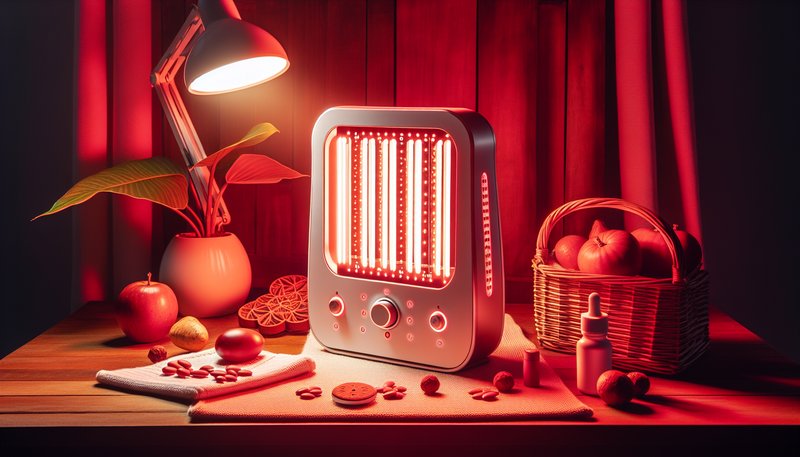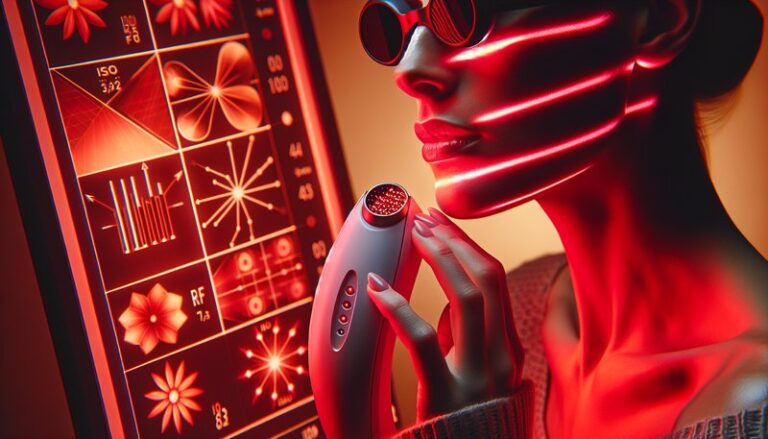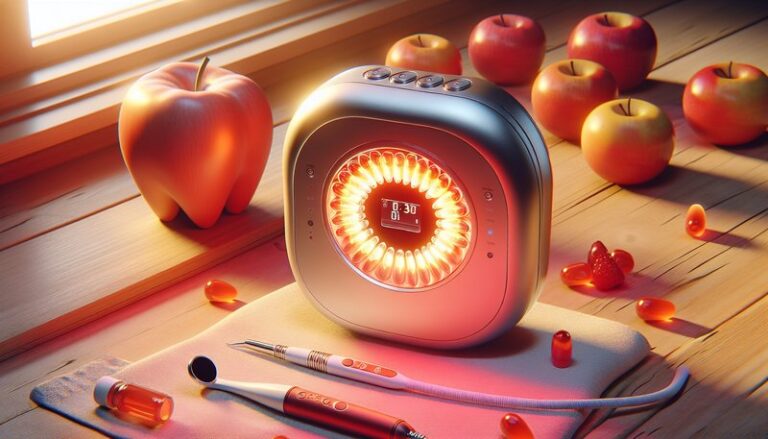Can Red Light Therapy Cause Skin Cancer?
Can Red Light Therapy Cause Skin Cancer?
Is red light therapy safe for your skin, or is there a hidden danger?
Red light therapy (RLT) has gained popularity for its potential benefits in skin health, pain relief, and overall wellness. However, with the increasing use of light therapies, many individuals are concerned about the long-term effects, particularly regarding the risk of skin cancer. In this article, we will explore the nature of red light therapy, its benefits, the concerns surrounding its safety, and what you should consider before opting for this treatment.
Key Takeaways
- Red light therapy employs low-wavelength light to promote healing and skin health without the harmful effects associated with UV exposure.
- Current research does not indicate a direct link between red light therapy and an increased risk of skin cancer.
- Safety measures and proper usage can maximize the benefits of red light therapy while minimizing risks.
What is Red Light Therapy?
Red light therapy is a non-invasive treatment that utilizes low-level wavelengths of red light, typically between 600 and 650 nanometers. It stimulates cellular processes that promote healing, collagen production, and skin rejuvenation. Unlike ultraviolet (UV) light, which can damage the DNA in skin cells and lead to skin cancer, red light is considered safe for skin exposure.
RLT is believed to work by penetrating the skin and enhancing mitochondrial function, which increases the production of adenosine triphosphate (ATP), the energy-carrying molecule in cells. This process supports tissue repair, reduces inflammation, and can improve overall skin texture and tone.
What are the Benefits of Red Light Therapy?
Red light therapy offers a wide array of benefits that can enhance both skin health and overall wellbeing.
Enhanced Skin Healing
RLT accelerates the healing of wounds and scars by promoting cell regeneration. Many users report noticeable improvements in the appearance of acne scars and other blemishes.
Reduction of Inflammation
Studies suggest that red light therapy can reduce inflammation, which is beneficial for conditions like psoriasis, eczema, and acne. By calming the skin, it can prevent flare-ups and support a more even complexion.
Improved Collagen Production
Collagen is crucial for maintaining skin elasticity and firmness. RLT encourages the production of collagen, assisting in the reduction of fine lines and wrinkles, and promoting youthful-looking skin.
Enhanced Mood and Energy
Beyond skin benefits, RLT may boost mood and energy levels. Increased ATP production can lead to better overall vitality, helping to combat fatigue and improve wellness.
Is it Possible to Cause Skin Cancer with Red Light Therapy?
The fear of skin cancer often arises from the association with light therapies, especially those using ultraviolet (UV) light. However, extensive research indicates that red light therapy does not pose the same risks. Several studies have shown that red light, unlike UV light, does not penetrate deep enough to damage DNA or trigger harmful changes in skin cells.
What are the Advantages of RLT in Relation to Cancer Risk?
Several advantages highlight why RLT is considered safer:
- Low Risk of DNA Damage: Red light does not generate free radicals or induce DNA mutations associated with skin cancer.
- Healing Properties: The anti-inflammatory and regenerative qualities of RLT can support skin health and may reduce the risk of certain skin conditions.
- Widely Accepted: Health professionals often recommend RLT for various skin ailments due to its safety profile.
What are the Disadvantages of RLT Regarding Safety?
While RLT is largely safe, there are considerations worth noting:
- Misuse and Overexposure: Excessive use without guidance may lead to skin irritation or sensitivity.
- Device Quality: Not all RLT devices are created equal, and low-quality models may not provide the intended benefits or safety features.
- Individual Variability: Some individuals with specific medical conditions or skin sensitivities may need to exercise caution.
What are the Things to Consider Before Using Red Light Therapy?
Before trying red light therapy, it is essential to consider a few key factors.
Skin Type and Sensitivity
Individuals with sensitive skin conditions should consult a healthcare provider to determine if RLT is appropriate for them and what settings would be most effective.
Device Selection
Choose high-quality RLT devices from reputable manufacturers. Research reviews and consult professionals for recommendations on what to look for in an RLT unit.
Treatment Frequency
Follow recommended guidelines for treatments to avoid overexposure. A common schedule is 2-3 times a week, but personalized plans may be necessary.
What are the Alternatives to Red Light Therapy?
If you’re hesitant about RLT, there are alternative options available for skin care and healing.
LED Light Therapy
This alternative includes various wavelengths tailored for specific skin concerns, similar to RLT but incorporating blue and green lights to target acne and pigmentation.
Chemical Peels
Chemical peels utilize acids to exfoliate and rejuvenate the skin. They are effective for improving skin texture but require downtime and can cause temporary redness.
Microdermabrasion
This non-invasive treatment uses fine crystals to exfoliate the skin, promoting cell turnover and enhancing overall appearance without the risks associated with light therapies.
Get the lowdown on Red Light Therapy After Chemical Peel?
Conclusion: Is it Recommended to Use Red Light Therapy?
Red light therapy is a promising treatment for various skin concerns without the known risks of skin cancer associated with UV light. While it is safe for most individuals, understanding the proper protocols and paying attention to device quality is essential. Consulting with a healthcare professional can ensure that RLT is a suitable option for your specific needs.
Learn the details in Benefits of Red Light Therapy
Frequently Asked Questions
Can I use red light therapy every day?
Moderate use, typically 2-3 times a week, is recommended. Overuse may lead to skin irritation.
Are there any side effects to red light therapy?
Most users experience minimal side effects, such as slight redness or sensitivity post-treatment, which usually subsides quickly.
How long does it take to see results from red light therapy?
Results can vary, but many individuals notice improvements within 4-6 weeks of consistent treatment.
Is red light therapy effective for acne?
Yes, red light therapy can help reduce acne by decreasing inflammation and promoting healing.
Can I combine red light therapy with other skin treatments?
It’s best to consult with a healthcare provider before combining treatments to prevent potential interactions or skin sensitivity issues.






